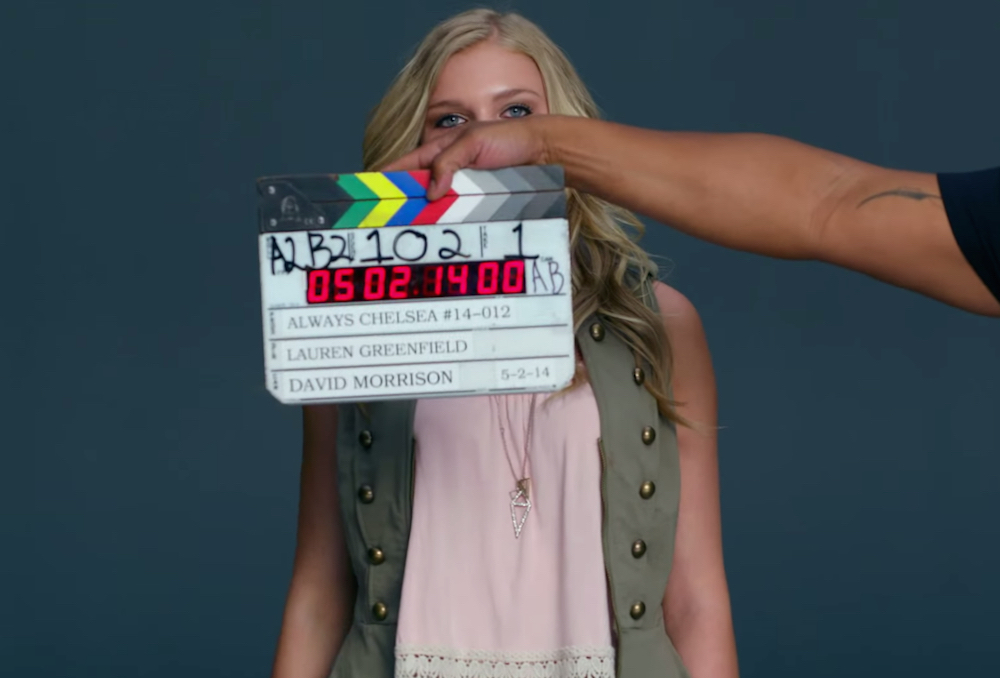Google whitepaper reveals how video is being used by travel consumers to research, evaluate, and inspire their purchasing decisions. The data paints a powerful picture of how video can empower consumer purchase cycles. Do travel brands need to be getting onboard?
Travelers are spending more time watching online videos than ever before, according to a new whitepaper from Think With Google. An analysis of YouTube data revealed that views of travel-related content are up 118 percent year over year (YoY).
The increasing popularity of mobile devices to consume video has made an impact on the rise in travel video viewings. In 2013, mobile devices accounted for 30 percent of travel video views, but these have risen 97 percent on smartphones and 205 percent on tablets YoY.
When Are Consumers Watching Travel Videos?
As the graph below shows, there is a strong rise in travel video views in evening periods, suggesting that videos are playing a key part in the research and consideration stages of the consumer journey.
This is supported by evidence in Google’s whitepaper where it states that “according to a recent study conducted with Ipsos MediaCT, two out of three U.S. consumers watch online travel videos when they’re thinking about taking a trip.”
Videos At The Top Of The Funnel
As further proof of the importance of videos at the top of the purchase funnel, the whitepaper reveals that the vast majority, 71 percent to be exact, of travel video searches are based on destination names.
Searches for general travel queries (8 percent), local attractions (9 percent), travel products (6 percent), and travel brands (6 percent), were all considerably lower.
This is in stark contrast to the role search plays in the the travel consumers journey, where searches for specific brands of companies (i.e., bottom of the funnel purchases), form a massive 58 percent of travel searches. It figures make a remarkable contrast and clearly illustrate the varying roles the channels have in the purchase cycle.
Brand vs. Community Generated Content
There is a growing opportunity for travel brand marketers. Sixty-seven percent of travel-related video views were for brand or professionally released videos, according to Google’s data. In total, views of branded videos have risen 394 percent YoY, with companies with a strong brand presence, such as Turkish Airlines, Disney Parks & Resorts and Expedia, making the most of the opportunity.
Furthermore, viewership for travel videos increased significantly across categories. The majority of users are tuning in to watch videos about tourist destinations and attractions (40 percent of the total travel views), however the the largest YoY growth can be seen in the cruises and charters category, up an impressive 262 percent. This rise is largely due to an increase in video content produced by companies such as Carnival Cruise Lines, Viking River Cruises, and Princess Cruises.
Percent Of Travel Channel Subscriptions By Format
As well as watching videos, consumers are also engaging with content creators and connecting with brands. In 2014 year to date, subscriptions to top travel channels on YouTube have increased 106 percent, with subscribers watching 86 percent longer per view than non-subscribers.
They’re also extremely interested in hearing real-life stories. Nearly half of the travel (48 percent) subscriptions are to vlogs (video blogs) that feature personal travel experiences.
Influencers have a key role to play in the consideration and research phases, and the long purchase cycles of travel means that personal content (and recommendations) are especially important in this vertical in particular. Reassuringly for brands, consumers also have an appetite for branded content, with 19 percent of travel subscriptions for official travel brand channels.
Travel Channel Subscribers By Age Group
In terms of age, people of all ages subscribe to YouTube travel content. Fifty percent of travel channel subscribers are aged 25–64, while 38 percent fall in the 18–24 age range.
Amongst the younger audience, subscribers tends to favor travel vlogs, suggesting they have more of an interest in “authentic” content, whilst the 25- to 64-year-olds seem to be interested in a broader range of content associated with decisions further down the travel purchase path, such as brand information, reviews, and tips.
What Does This Mean For Marketers?
As Google points out in the whitepaper, the rise in online video consumption represents a tremendous opportunity for brands and marketers:
“Across industries, advertisers are increasingly embracing online video to drive awareness and engagement, and this trend is only expected to accelerate. For travel advertisers, online video is a powerful way to convey excitement about a destination, product, service or brand.”
You can read the full report on travel YouTube videos here.
Q&A with Greg Jarboe
To further find out how travel brands can really understand and engage with both video, and YouTube as a channel, we interviewed Greg Jarboe, Founder of SEO-PR and author of YouTube and Video Marketing: An Hour a Day, which you can read below:
Patrick Hong: What kind of travel videos are seeing the most lift on YouTube? Where do these fit in the travel purchase cycle?
Greg Jarboe: According to a recent study Google conducted with Ipsos MediaCT, two out of three U.S. consumers watch online travel videos when they’re thinking about taking a trip. What exactly are travelers looking for? The data now shows that 88 percent of YouTube travel searches focus on destinations, attractions/points of interest or general travel ideas. This new study confirms the data that I presented in March at my YouTube Marketing and Tourism session at the Be-Wizard! conference in Rimini, Italy. I said travelers watch up to an hour of related YouTube videos before they book a trip.
Patrick Hong: What advice do you have for smaller brands and operators looking to perform on the channel?
Jarboe: Actually, some of the smaller brands and operators are doing much better on YouTube than most of the bigger brands and operators. For my presentation at Be-Wizard, Unruly provided me with a custom chart of the share of social videos being shared in the Travel and Transport vertical from Feb. 17, 2013, to Feb. 17, 2014. The chart showed Turkish Airways in first place with a 29.5percent share, followed by Qatar Airways in second place with 26.3 percent, Air New Zealand in third place with 14.1 percent, and British Airways in fourth place with 12 percent. So, my advice is pay attention to the smaller brands and operators who have the largest share of shares. You’ll learn more by examining the Turkish Airlines channel on YouTube or the Air New Zealand channel than you will by rounding up the usual suspects.
Patrick Hong: How are travel brands measuring their success with video?
Jarboe: Unfortunately, most travel brands are still using “views” as their measure of success. But I interviewed Sarah Wood, the COO and co-founder of Unruly, for Search Engine Watch back in January of this year. She predicted that brands would begin to question the value of a view. She said, “The value of a video view will come under huge scrutiny in 2014, as more and more brands will want to know their ad is actually in view and we’ll see a growing demand for guaranteed viewability. Secondly, the main purpose of digital video will change from purely brand awareness (cited by 94.6 percent of U.S. media agencies as the prime objective of their campaigns) to other metrics further down the funnel. It’s not just about YouTube now. Smart marketers and brands are engaging consumers in their own native environments across the Open Web.” From my perspective, she was spot on.
Patrick Hong: What are some of your most memorable YouTube travel campaigns you’ve seen this year?
Jarboe: Well, one of my favorites is “WestJet Christmas Miracle: Real Time Giving”. It was published on Dec. 8, 2013, so I guess that — technically — I saw it last year. But it is so compelling that I’d make an exception for it.
But, if I’m limited to this year, then it has to be “Delta’s 80’s In-Flight Safety Video”. Published on Jan. 28, 2014, It was “wicked awesome, dude!”
This article first appeared on the Linkdex blog.
If you haven’t already done so, I’d highly recommend a quick watch of both WestJet’s and Delta Airlines videos for great examples of what’s possible for travel brands to achieve with video. Do you agree?


